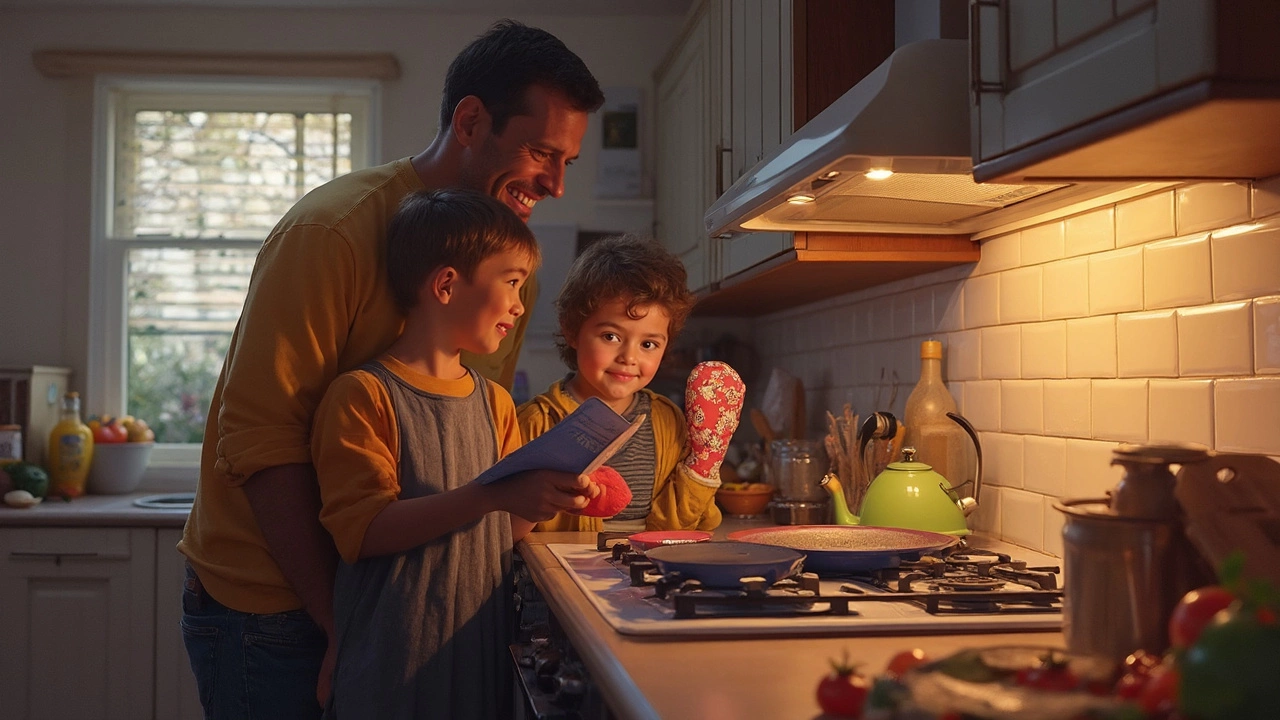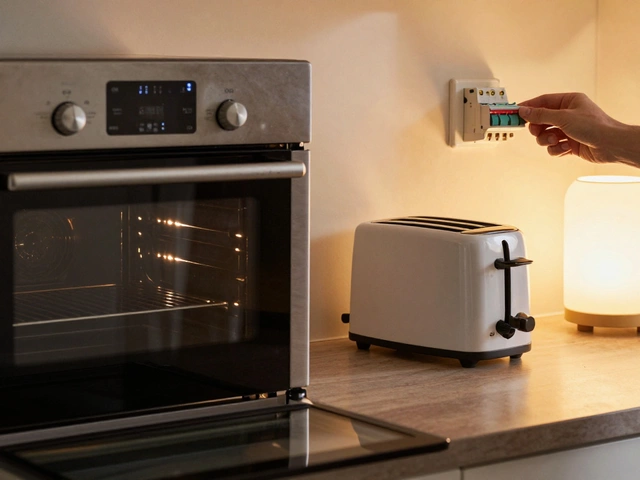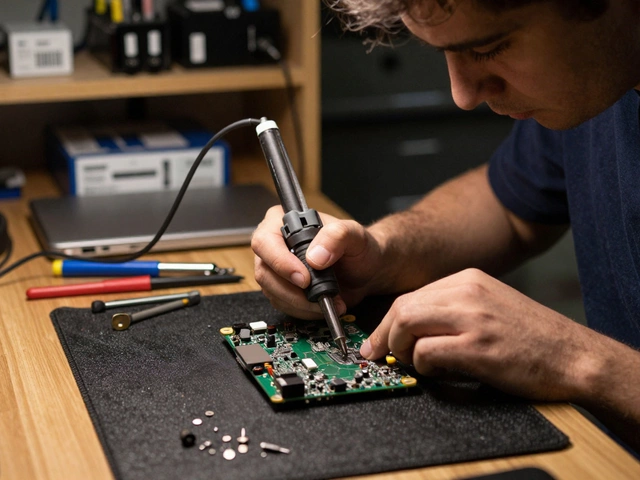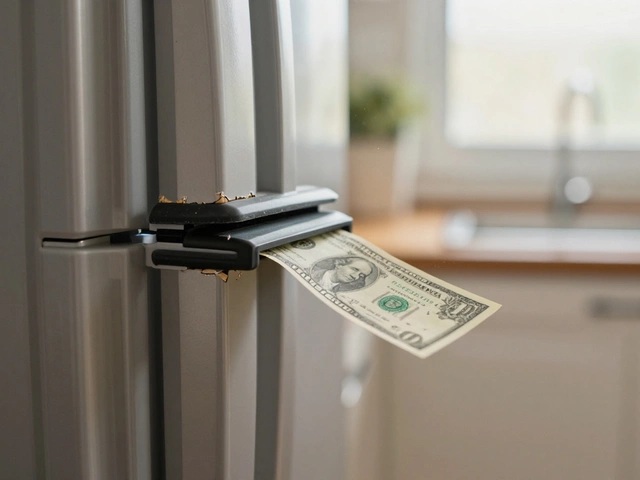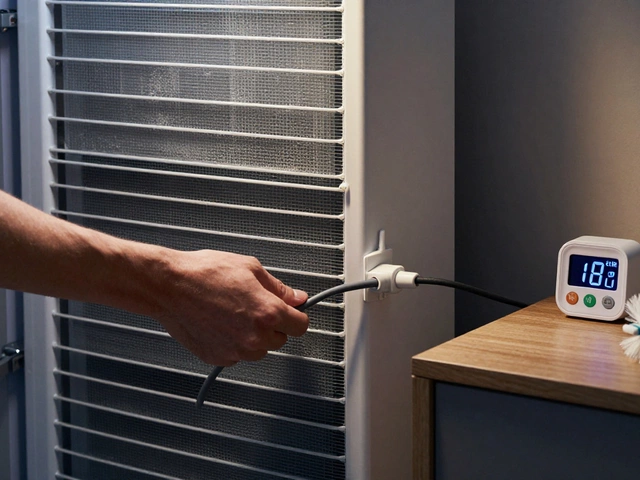Electric Stove Troubleshooting: Quick Fixes for Common Problems
If your electric stove suddenly stops heating or the burners act weird, you don’t have to panic. Most issues are simple, and you can often sort them out without a pricey callout. Below you’ll find the most common reasons a stove misbehaves and a step‑by‑step checklist to get it back in action.
Why Your Stove Might Not Be Heating
The first thing to check is the power supply. A tripped breaker or a loose plug can make an entire unit look dead. If other kitchen appliances work fine, the outlet is probably okay, but it never hurts to flip the breaker back on or test the socket with a lamp.
Next, look at the heating elements. Over time they can crack, burn out, or get covered in food residue. A visual inspection should reveal any obvious cracks or discoloration. If the element looks blackened or has a broken spot, it likely needs replacing.
Control board issues are less obvious but just as common. A faulty thermostat or a loose connection on the control panel can stop a burner from getting power. In many cases, you’ll hear a click when you turn the knob, but nothing heats up. That’s a sign the electronics need a look.
Step‑by‑Step Troubleshooting Checklist
1. Reset the power. Turn off the stove, unplug it (or switch off the breaker), wait a minute, then plug it back in. This can clear minor electronic glitches.
2. Test the outlet. Plug a working lamp or toaster into the same socket. If it doesn’t work, try a different outlet. If the new outlet works, the original socket may be faulty.
3. Inspect the burners. Remove the coil or glass top and look for cracks, burns, or buildup. Clean any debris with a soft cloth and mild soap. A clean element often heats better.
4. Check the selector switch. Turn the knob to each position and listen for a click. If you hear it but the burner stays cold, the internal wiring might be loose.
5. Measure resistance. If you have a multimeter, set it to the ohms setting and test the heating element. Most electric elements read between 10–30 Ω. An infinite reading means the element is broken.
6. Look at the control board. For newer stoves, the electronic panel may have a visible burn or loose wire. Tighten any connectors you see, but don’t attempt soldering unless you’re comfortable with electronics.
7. Replace the faulty part. If the element or switch fails the tests, order the exact model number from the manufacturer. Swapping a part usually takes under an hour with basic tools.
8. Know when to call a pro. If you’ve checked power, elements, and switches and the stove still won’t heat, the problem could be deeper inside the control board. At that point, a qualified technician will save you time and avoid safety risks.
Quick tips to keep your stove happy: always clean spills before they harden, avoid using metal utensils on glass tops, and run each burner for a few minutes monthly. These habits catch wear early and extend the life of your appliance.
Electric stove problems can be frustrating, but most are fixable with a bit of patience and the right tools. Follow this checklist, replace the broken part, and you’ll have heat back in your kitchen in no time. If you ever feel stuck, a local repair service in Weymouth can get the job done safely and affordably.
Electric Stove Problems: The Two Most Common Fixes You Need to Know
- Alden Wilder
- May 29 2025
- 0 Comments
Electric stoves are workhorses in the kitchen, but they aren’t immune to problems. This article covers the top two issues most people face—burners not heating and issues with the stove’s control panel or wiring. You’ll learn why these problems happen, how to spot warning signs, and what you can do before calling a repair tech. There are also tips for quick fixes and ways to keep your stove in good shape longer. Find out what really goes wrong inside your stove and how to avoid bigger headaches.
View More